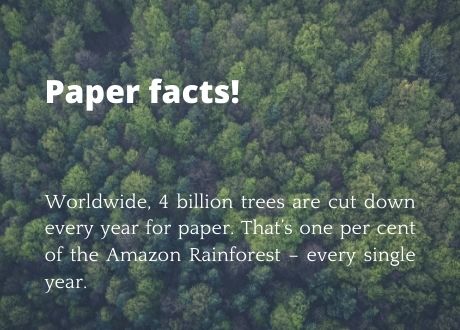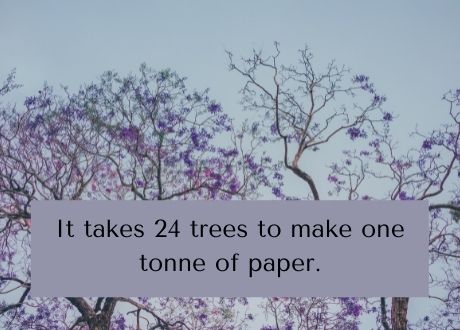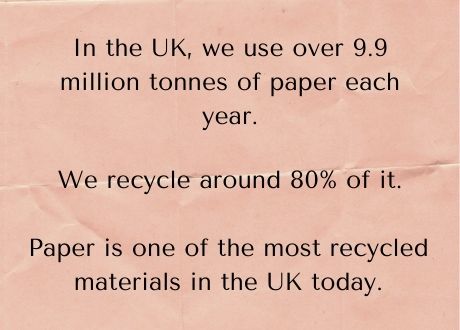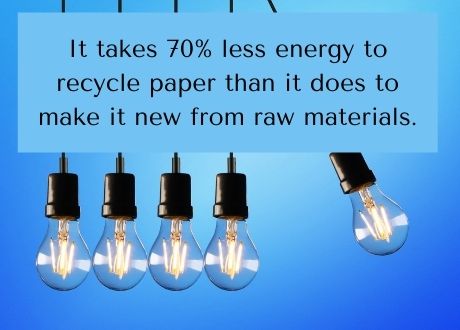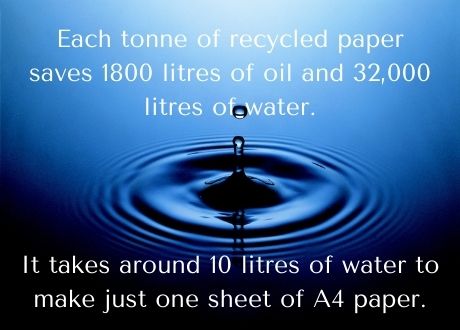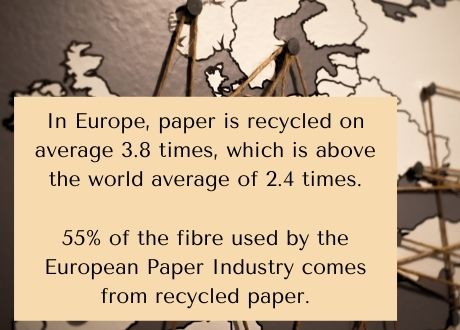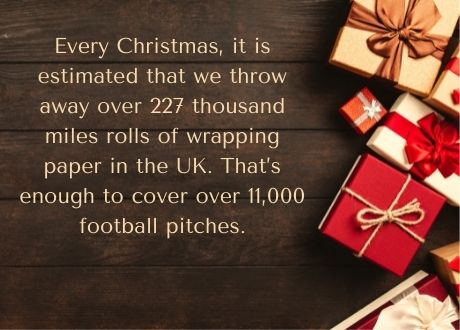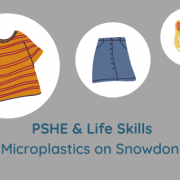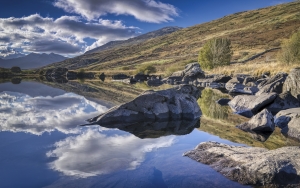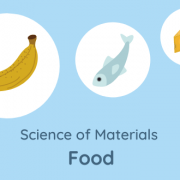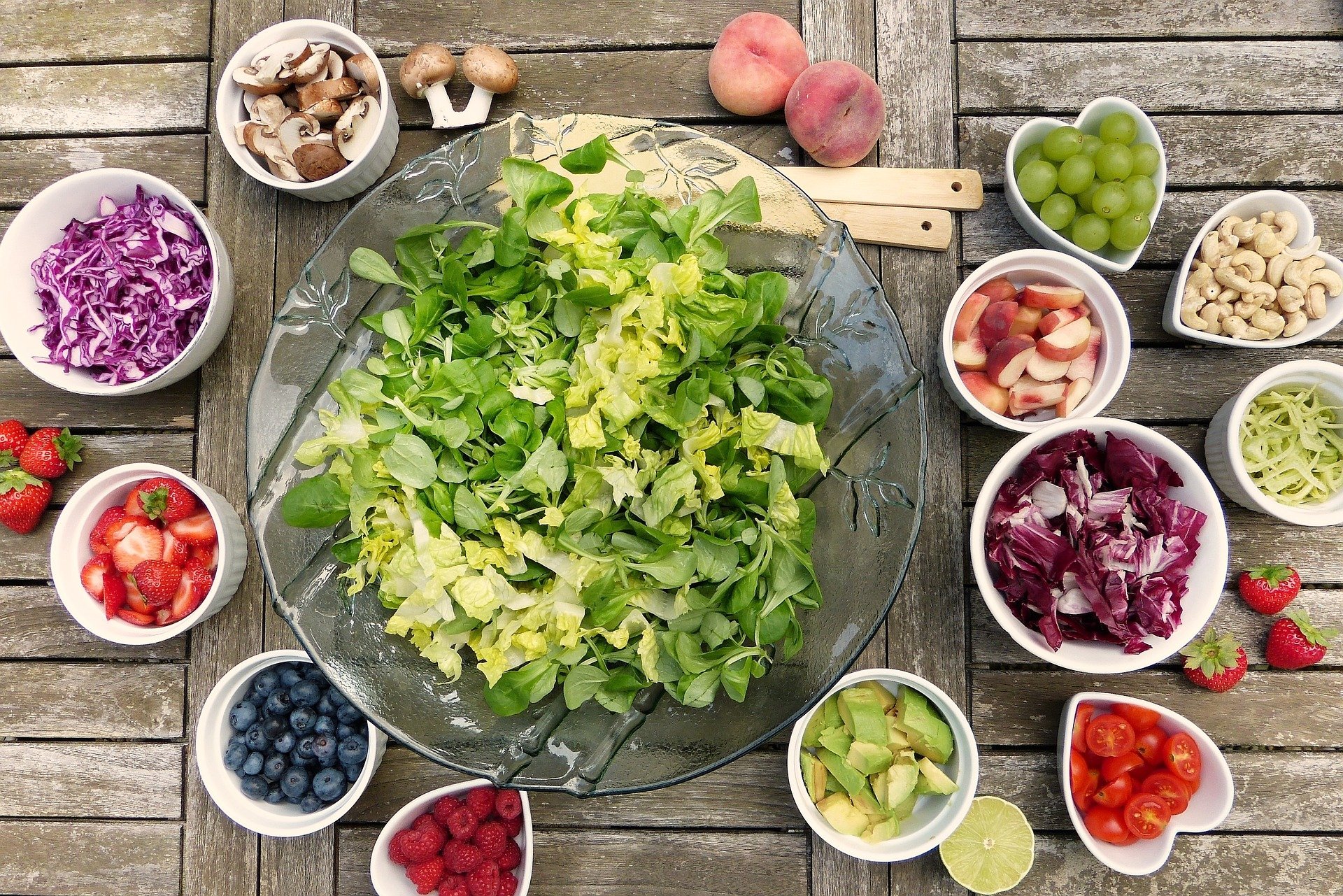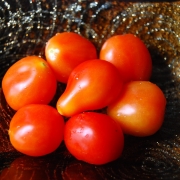This lesson plan will help students from Y5 to Y8 evaluate and assess some recent news stories from the waste industry, understanding what is going on and what might be happening behind the scenes when we read things online.
See more about improving digital and media literacy for KS2 and KS3 students on our PSHE and Life Skills related page on media literacy.
The activity here will help improve students’ critical thinking skills as they compare different types of information about microplastics found in a lake on Mount Snowdon.
Microplastics are released from plastic clothing (ie. clothes made from nylon, polyester – especially fleece – and acrylic) when they are washed, making their way into the environment through water courses and drains. Some microplastics may also be released into the air during active wear. Microplastics are invisible to the naked eye but can be seen under a microscopes. Spectral analysis can find out the type of plastic, and sometimes point to a source of the pollution.
Download Lesson Plan on Digital Literacy: Microplastics on Snowdon
Download PowerPoint for Digital Literacy Lesson: Microplastics on Snowdon

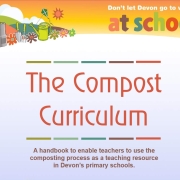
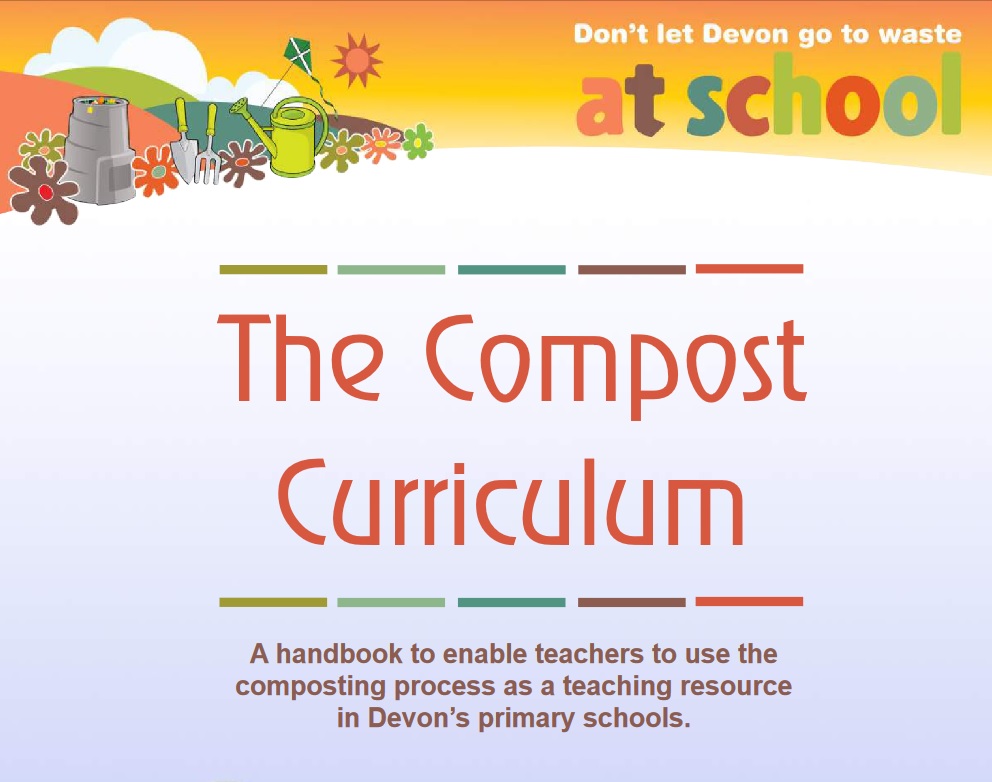
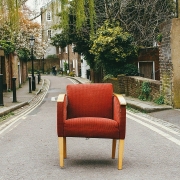
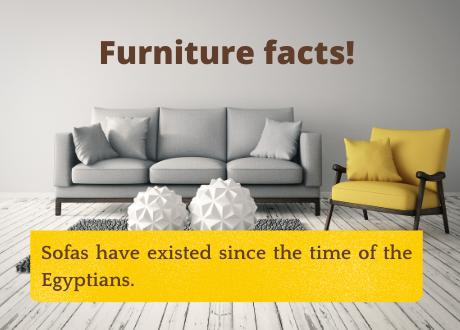
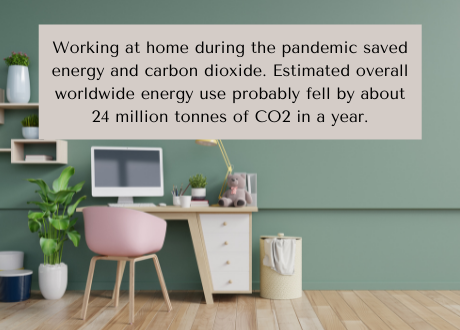

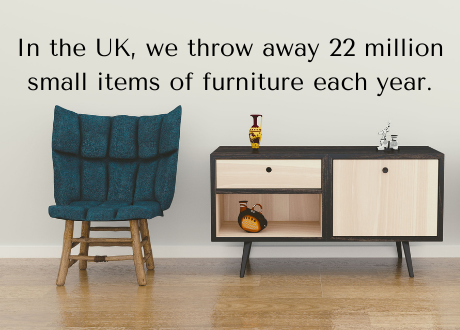
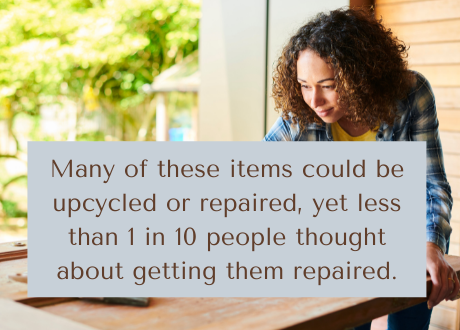

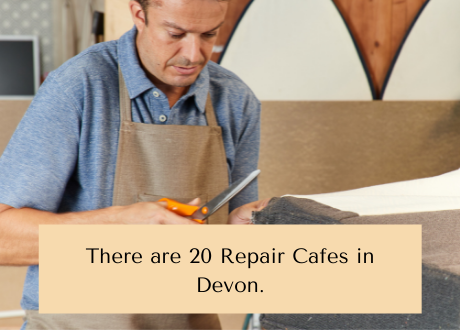
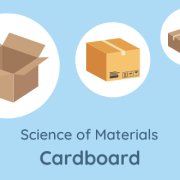

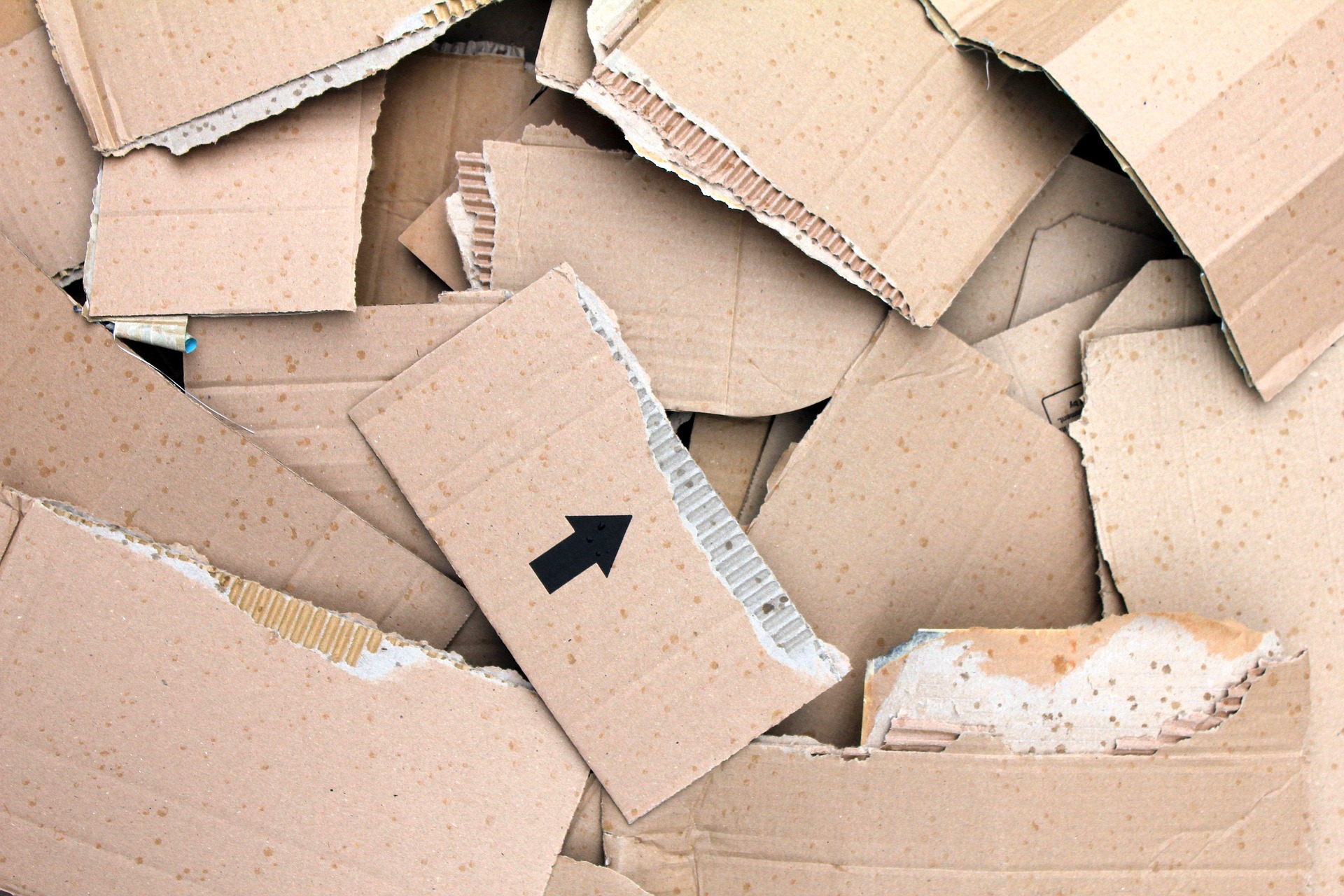
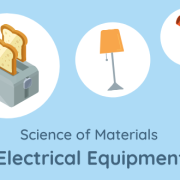

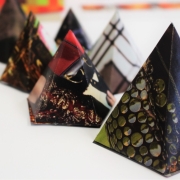 Laura Armstrong
Laura Armstrong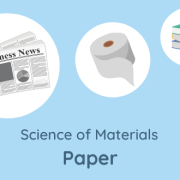
 Paper is everywhere! From our earliest pictures stuck to the frid
Paper is everywhere! From our earliest pictures stuck to the frid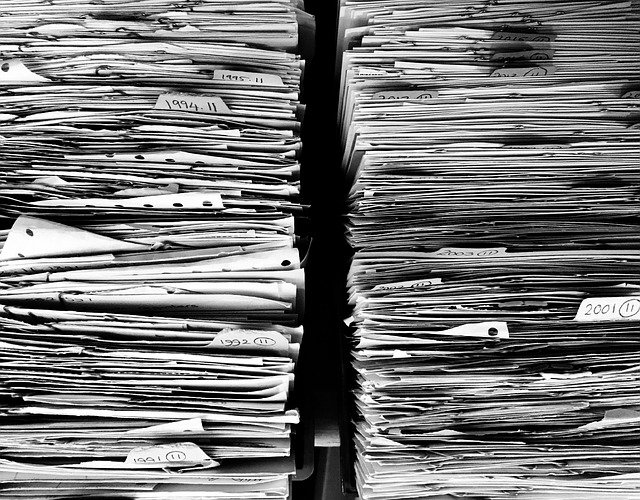 ge by our parents to the letter telling us about the latest supermarket offers, even in our modern society, paper is still used for writing and drawing or passing on information. And who can imagine a world without toilet roll! From magazines to junk mail there are lots of ways to reduce the amount of paper we use in our everyday lives. Check out our resource pages to find out more about Paper.
ge by our parents to the letter telling us about the latest supermarket offers, even in our modern society, paper is still used for writing and drawing or passing on information. And who can imagine a world without toilet roll! From magazines to junk mail there are lots of ways to reduce the amount of paper we use in our everyday lives. Check out our resource pages to find out more about Paper.